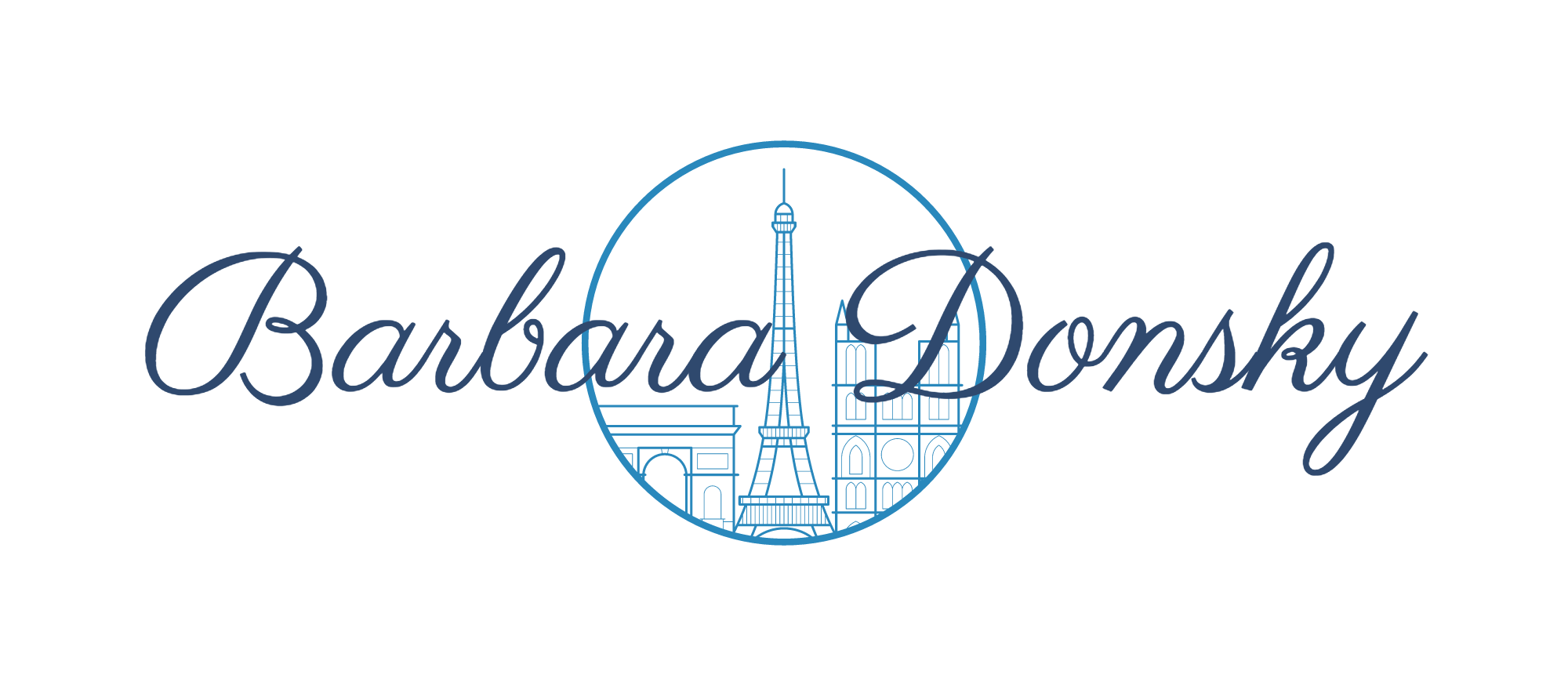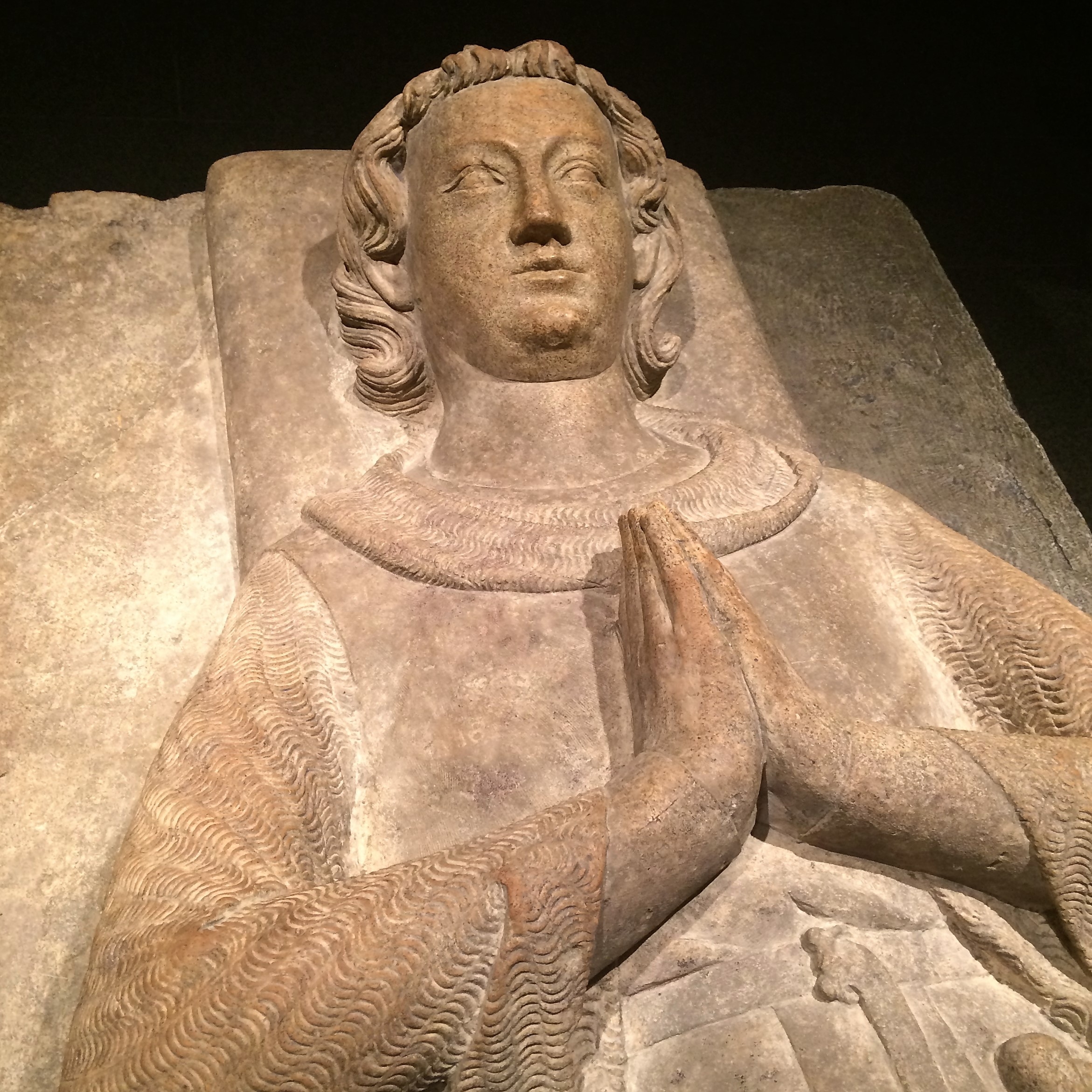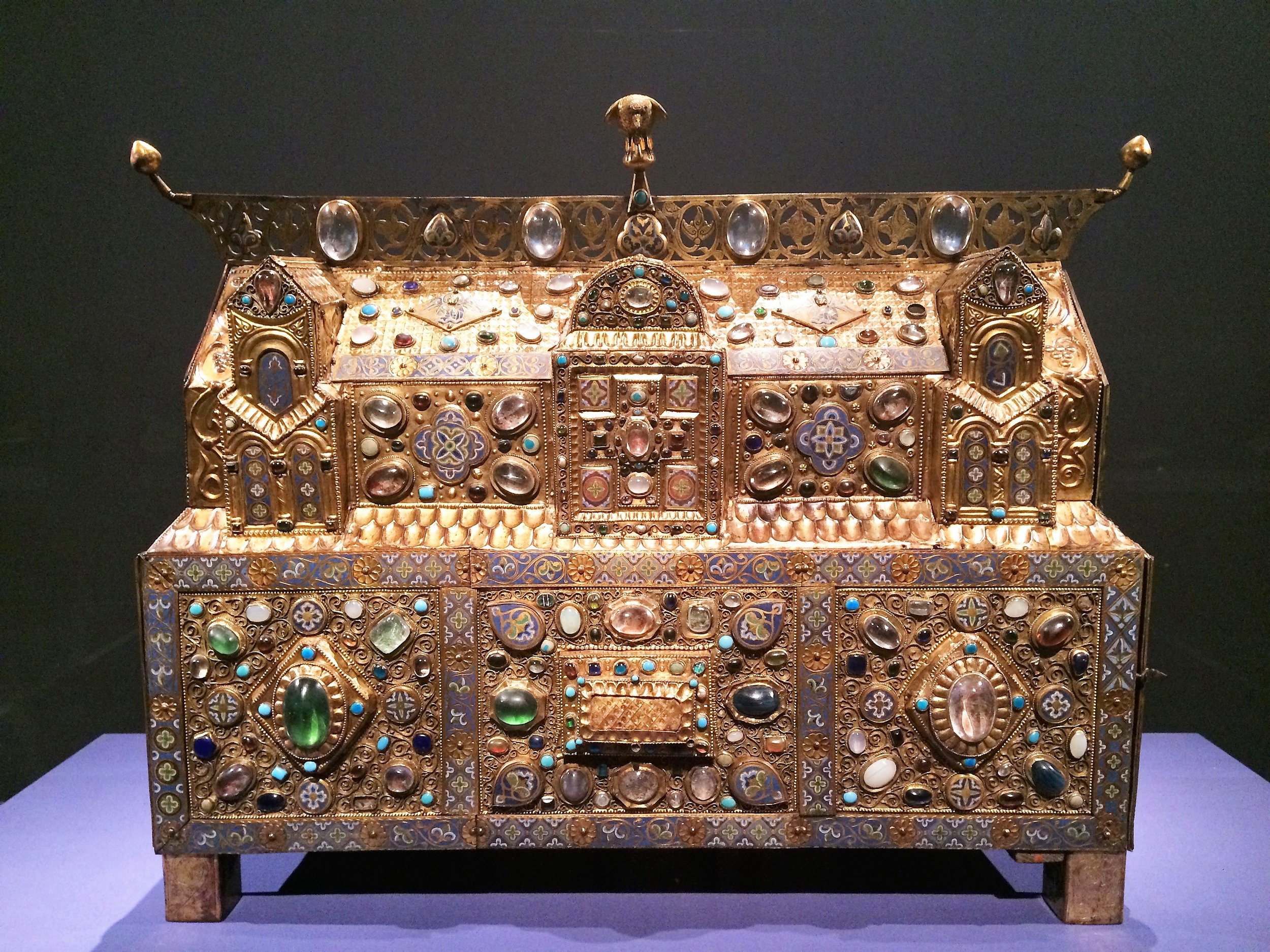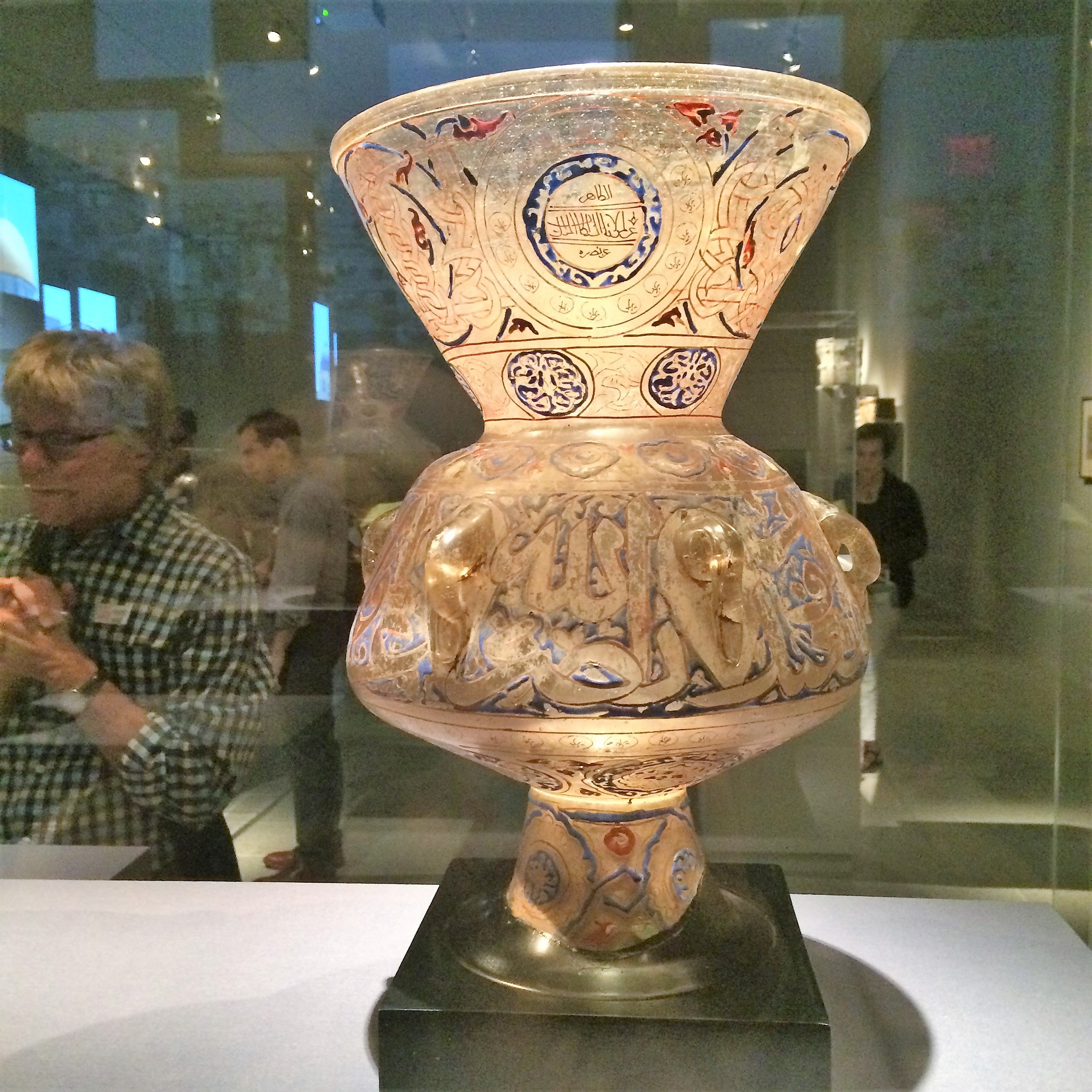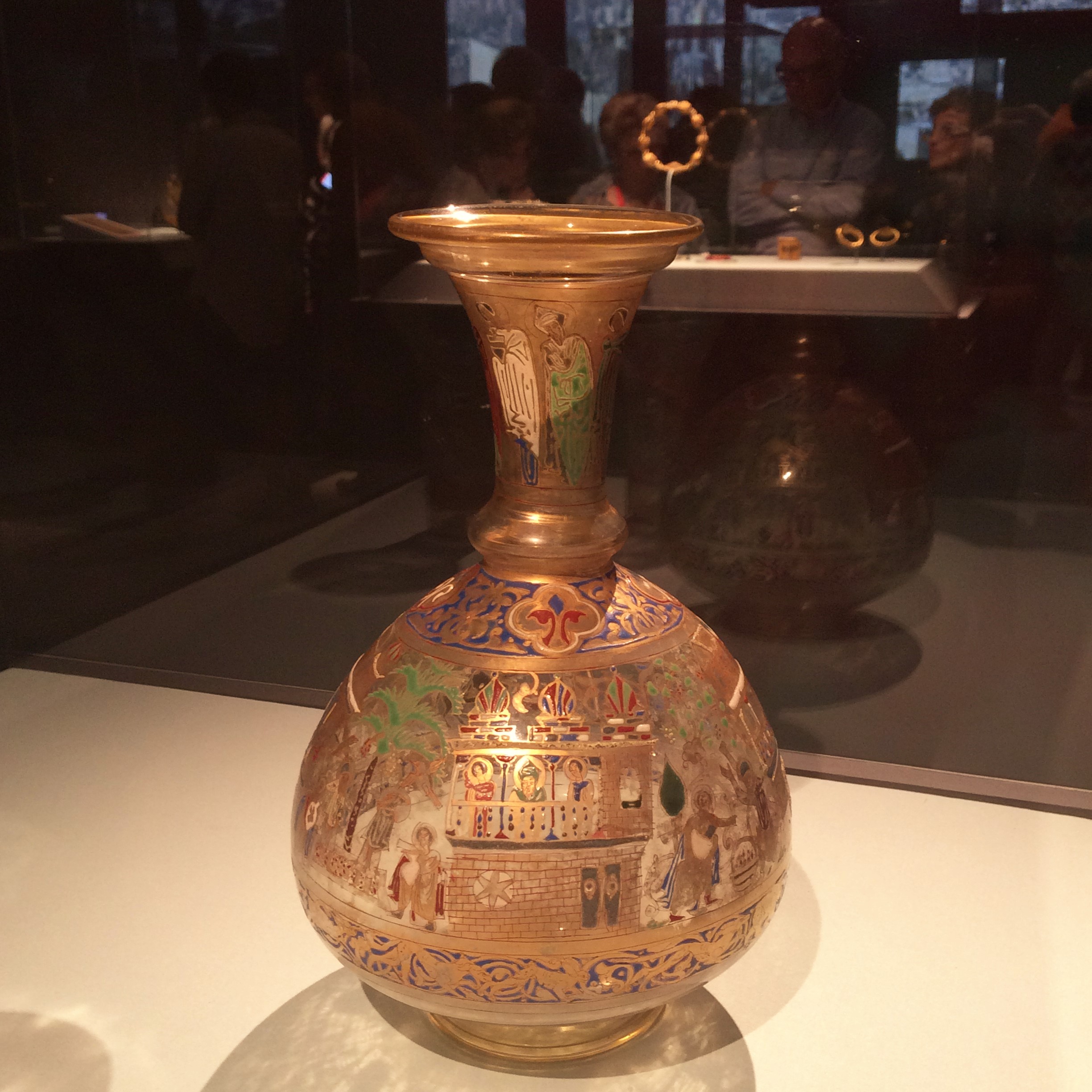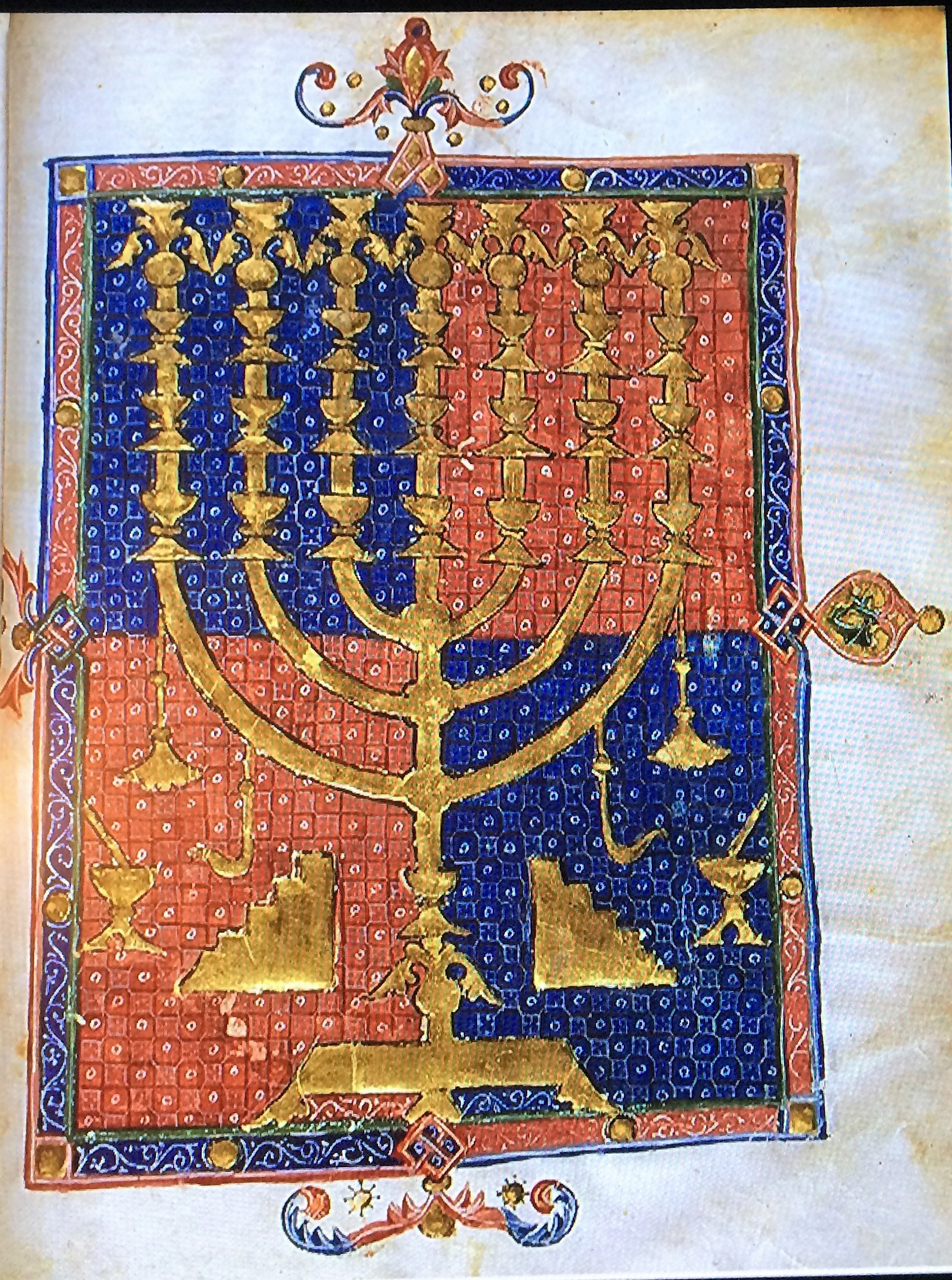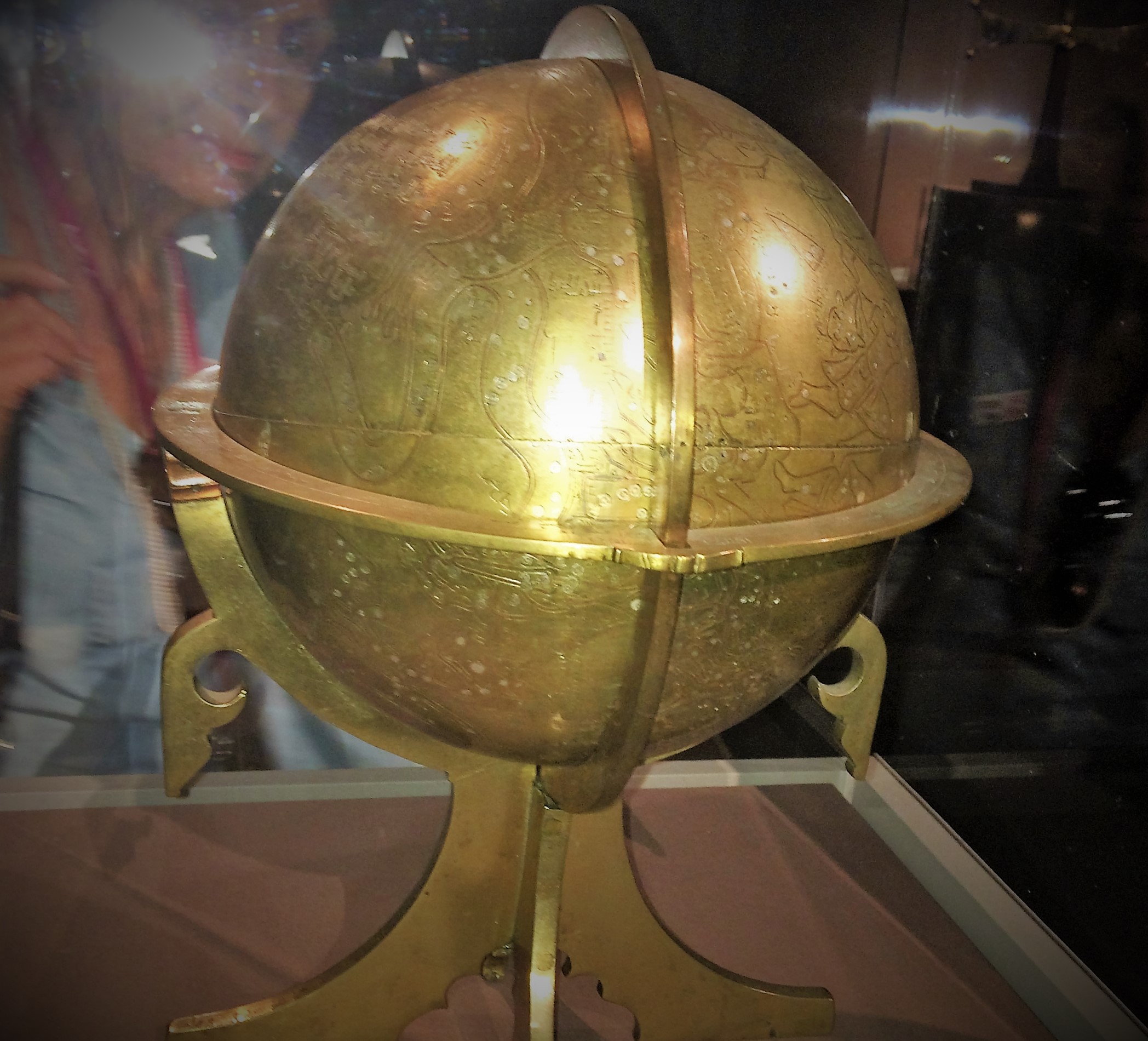Jerusalem 1000 -1400: Every People Under Heaven
“Jerusalem 1000-1400: Every People Under Heaven,“ opening September 26, 2016 at the Metropolitan Museum of Art, does what every monumental exhibit aspires to do: It enlarges the mind and nourishes the spirit. And in this particular case, it brings hope that a luminous city that once brought together people from all over the world, to live and to trade in harmony, might become that way again. The exhibition accomplishes this by opening a portal to a poorly understood era in human history; namely, the Medieval epoch in Jerusalem. A time when the city was the one place on earth for which all hearts ached and the focus of three major faiths—Judaism, Christianity and Islam.
Then and Now
A placard mounted on a wall is a good indicator of how those who lived in the city felt about it:
“Jerusalem is the most sublime of cities. It unites in itself the advantages of this world and the next.”—Al-Muqaddasi (ca. 946-991), geographer and a native of Jerusalem
At that time, Jerusalem was a thriving cosmopolitan city made holy by its biblical past. For Jews, Jerusalem was the city where at the End of Days the Messiah would appear and rebuild the ancient temple that had been twice destroyed and where the living and the dead, the believers and nonbelievers, would be judged. For Muslims, the site is likewise sacred, as this is where Mohammed, after a nighttime flight from Mecca, is said to have entered into heaven. And for Christians, the very stones and streets of Jerusalem are revered as the place where Jesus walked and preached and died. For all, the city was the gateway to heaven, the point where one crossed over to meet the Creator.
Marketplace of the Med
And so it was that Jerusalem became a hub of economic activity for all the countries bordering on the Mediterranean, its streets thronged with shopkeepers speaking different languages and working side by side. Savvy merchants speaking different languages catered to the widespread desire for spices and herbs and to a wealthy clientele’s craving for fine jewelry, striped silks and soft cottons. Note the exquisite craftsmanship of the necklace. Commerce was the language of the market place that made possible a booming trade between the Holy Land and Europe. And that was a time when Jerusalem was no bigger than mid-town Manhattan. A time when there were the Crusades led by knights eager to wrest control of the Holy Land from the reigning Muslims, desirous of reclaiming these lands for Christianity.
A French Knight to the Rescue
In the exhibit, we encounter a proud and prayerful knight, a member of the d’Aluye family from the Loire River Valley. For three generations, this family sent their best and their brightest to fight for the Holy Land. This magnificent knight, a charming Frenchman whose tomb had been in the Cistercian Abbey of La Clarté-Dieu, now rest is The Cloisters Collection at the Met. Note the exquisite carvings on the sleeves.
The exhibit offers more than 200 objects drawn from international collections, including a number that have never traveled before and are on loan from collections in the Mid-East. Beginning with a cache of dinars and quarter-dinars in 24 carat gold, discovered in 2015 of the coast of Caesarea, a port some seventy miles northwest of Jerusalem. According to a description on a wall placard, the dinars and quarter-dinars, speak to the “enormous wealth circulating in the eastern Mediterranean in the early eleventh century,” when a shop in Jerusalem would have cost 70 gold dinars and a large house 150 dinars.
What Else Have they Found?
If it's remarkable that the gold dinars survived for centuries under the sea, which it is, it's more remarkable that the delicate glass vases (above) and the glazed pottery have remained intact for more than a thousand years. Therein lies a tale I'd love to hear! Where have they been all these years? If only they could talk.
A dazzling chest is the Chasee of Ambazac (above) meant to evoke the divine light and glory of Jerusalem. French in origin, the reliquary—gilded copper, semiprecious stones, faience and glass—is linked to the eastern Mediterranean by its design and materials, particularly the translucent stones indigenous to the area. Other beauties abound in the exhibition, including an astrolabe that 'sees' the heavens as they would appear to the eye of God. What's telling is that Annapolis has reintroduced a course on the Astrolabe, an instrument used for centuries by sailors circumnavigating the globe, fearing that their students have become too dependent on a GPS.
The exhibition runs from September 26, 2016 - January 8, 2017. If coming to New York over the holidays, be sure to include it on your itinerary. Upon exiting yesterday, in the gift shop there were a number of spices that once sparked global trade.
That's it for today guys and gals! Hope to see you back next week, when I'll have the coffee waiting. Until then, may life be kind to you... à bientôt.
One Last Thought
PS: For those of you who have read Veronica's Grave, you'll remember "Nana" my wonderful grandmother who raised me for five years after the 'disappearance' of my mother. In honor of Nana's birthday Sunday, September 25th, the Kindle version consisting of some of the most popular posts from Desperately Seeking Paris will be offered free that day. Enjoy!
To download, click here: http://amzn.to/2chtm7L
